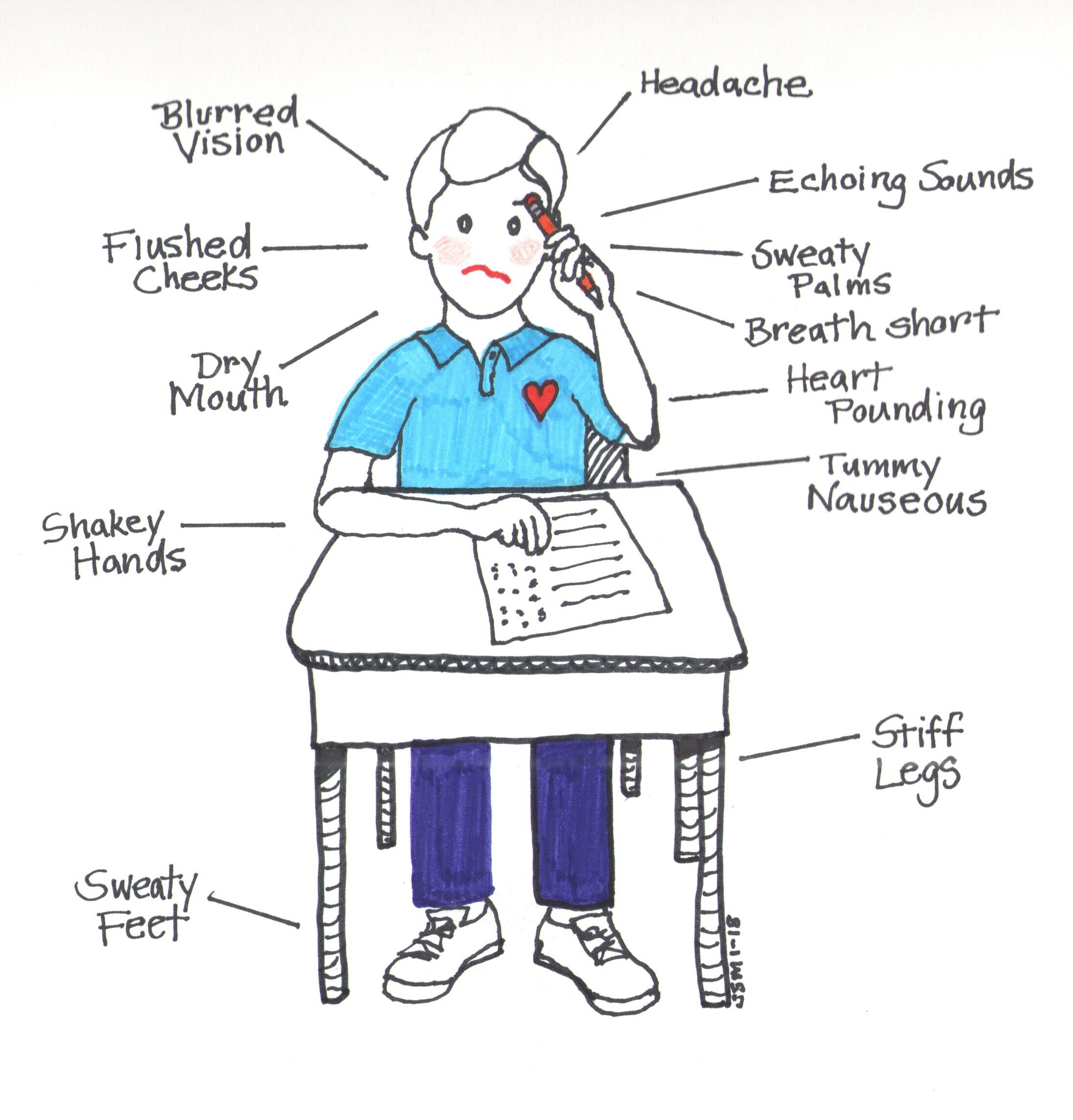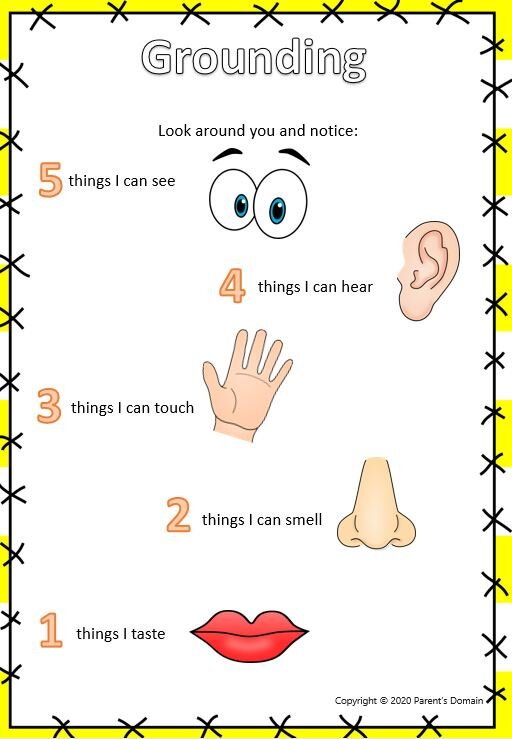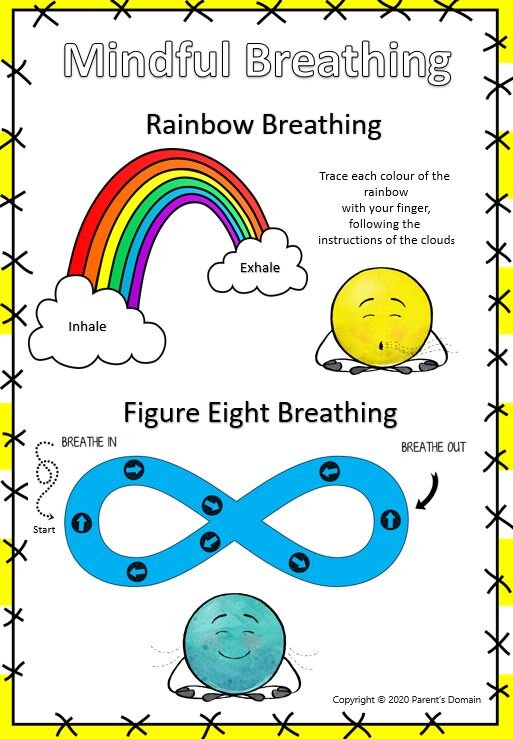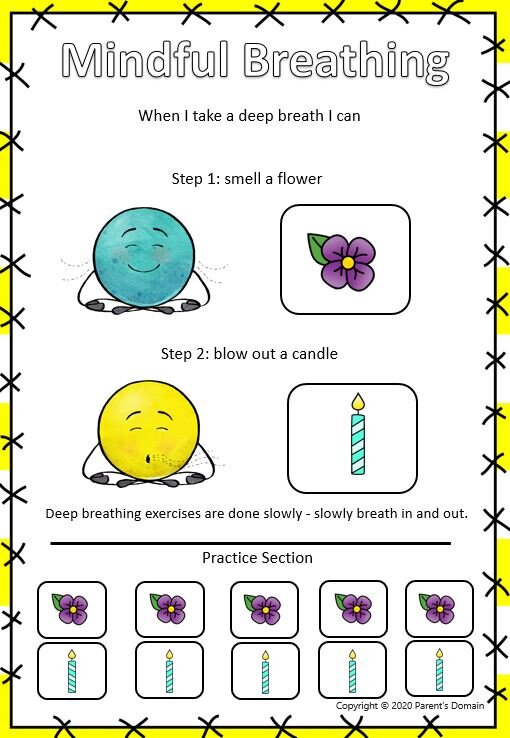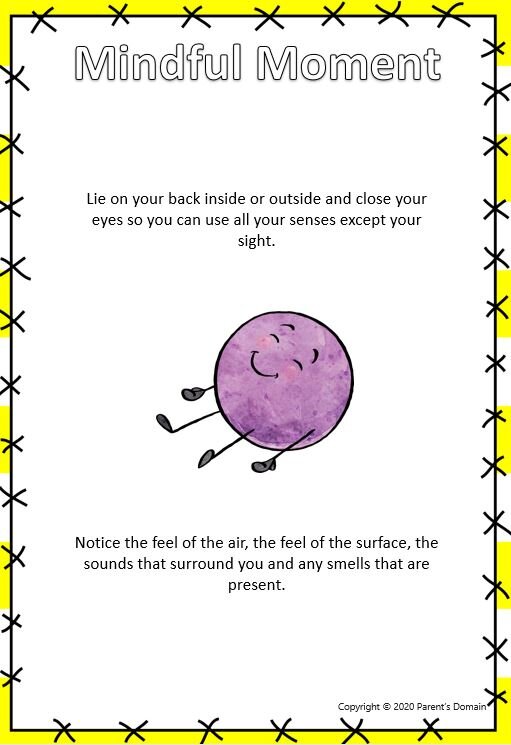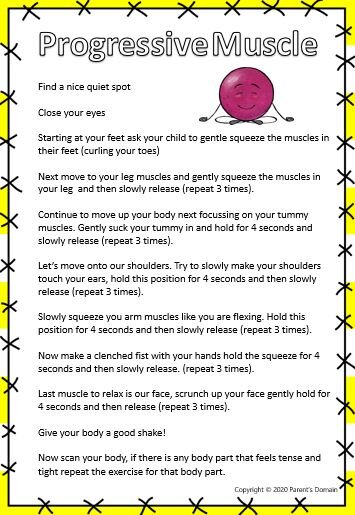Exams go hand in hand with stress, worry, anxiety, late night cramming and self-doubt. We see our children fret and panic which is often paired with unhelpful thinking patterns during this period. Exams set off a chain reaction within our children’s body, emotions and thinking state which can hinder how they approach their exams.
First let’s look at this chain reaction a little closer which will help us to understand what is happening neurologically for them and then we can implement strategies.
Let’s just picture a mountain for a moment and view heightened emotional states such as exam pressure and anxiety as walking up the mountain. At the base of the mountain we are calm and happy. We start to climb the mountain once the brain registers a shift in our physiological state i.e. heart beating faster, sweaty palms, tense shoulders etc.
These physiological changes send a signal to the brain to identify the feeling state. Once the brain recognizes the feeling state, it tunes into our thought pattern/ internal dialogue and as this occurs, we continue to climb the mountain. Our internal dialogue can either fuel and intensify the emotion or it can help us to regulate our emotions. We keep climbing the mountain the more we listen to the internal dialogue and in no time we are at the peak of the mountain where we have reached emotional intensity.
At the peak of the emotion mountain our brain has entered into survival mode and we encounter a number of difficulties:
· Our brain is flooded with emotions
· Irrational thinking – repetitive thoughts occur – we believe that these thoughts are true and 100% accurate.
· Difficulty to communicate our needs
· We have a compulsion to act on these feelings
· Our ability to plan, organize and problem solve is clouded.
Once we are at the top of the mountain we need to get down and here are some key steps to help us get out of these emotionally intense states.
1. Recognize what we are feeling – the minute we do this we reduce the intensity.
2. Don’t fuel the emotion – turn down the volume of our internal dialogue by removing statements with “I must”, “I should”, “I have to”, “I shouldn’t have”. These words all add additional stress, tension, pressure, guilt and obligation.
3. Engage in grounding techniques – our nervous system is in a state of hyper or hypo arousal. So, we need to engage in calming techniques that bring the nervous system back to a state of homeostasis.
4. Once we are calm it opens up the neurological pathways for us to begin to think more rationally and our executive functioning skills such as planning, time management, organizing, problem solving are all back on line.
Time to explore strategies to manage those intense feeling states:
1. Awareness
Firstly, let’s talk to our children about the emotion mountain and support them to identify what are some situations that might set them off to start walking up the mountain such as: hearing others talk about the exam, what friends have studied, reading a question in the exam and not knowing the answer. Come up with a game plan for these situations together. This strategy helps children to feel in control.
2. Brainstorm Calming Strategies
During the study period explore emotion calming strategies and practice these strategies so that come exam time they have some handy little strategies that they can call on to help them come down the emotion mountain.
· Breathing is a great tool that helps to slow down the body and internal dialogue down. It attempts to bring back balance.
· Counting Ask children to count by 7 or 9 to 150 and then back
· Grounding There are so many grounding techniques a popular one is to engage our senses – 5 things I can see, 3 things I can hear, 2 things I can touch, 1 thing I can taste.
· Positive Mantras help to combat negative thoughts, work with your child to develop at least 5 positive mantras.
3. Sleep
Sleep is so vital as it allows our brain to process information. Let’s make sure that children are not up late studying, have a cut off time when they close the books. Just imagine studying late at night when their mind is already full of information, their brain needs time to process this. The late-night cram just adds more pressure and stress to a tired body and mind.
4. Exercise/ Movement
When our children’s mind becomes foggy, they are struggling to retain information or you notice a decline in their mood, encourage them to take a break and move their body through any form of exercise whether that be a short walk, yoga and stretching, a run or bike ride. Exercise can stimulate parts of the brain that aren’t as responsive (remember they are probably climbing up the mountain in this state). The brain does some pretty amazing work when we exercise; it releases chemical hormones (neurotransmitters – dopamine, norepinephrine and serotonin) they help shift and alter the stressed brain. Building regular exercise into our children’s study period helps to balance their body’s stress hormone such as adrenaline which is responsible for the flight – fight – freeze response.
5. Be Their Study Buddy
Often when children are studying for an exam, we find them reading over and over their text books trying to remember formulas and quotes. It’s a fairly isolating task. A handy little tip to help children cement their learning is to join them, be their study buddy and get children to verbally repeat out aloud what they are trying to remember. Have them be the teacher and get them to teach you. Having children verbally repeat aloud what they are learning encourages the brain to store information through a different pathway. When it comes to retrieving information they aren’t reliant on just one neural pathway. Just like a road map, there are multiple roads leading to one destination.
Handy Tips for The Day of Exams
Feed your brain - have a healthy and nutritious meal the day of exams avoid any sugar foods as we want to feed our body and brain good food for alertness. We don’t want the body and brain to work extra hard and divert its attention and resources to breaking down sugar and unhealthy food.
Hydration is key - don’t forget the water body bottle and to take regular sips of of water throughout the exam to keep the brain and body hydrated and alert.
Fresh air - rather than doing a last minute cram the morning of the exam how about swapping it out for some fresh air and movement. This does wonders for the body by increasing the dopamine levels in our brain which in turn makes us feel relaxed and happy. Any movement whether a short walk, a few shots of basketball, yoga or a quick run helps to shift the tension build up our bodies.
Don’t be influenced by others around you - like I mentioned previously hearing chatter about what others studied or did not study only increases our negative thoughts, makes ups climb up the mountain more and it zaps the dopamine levels in our brain. Have some little sayings that you might say to catch the unhelpful thoughts.
During the exam - if you feel the rise in emotions its ok to pause. Practice the strategies mentioned earlier such as breathing, counting, your positive/ helpful thinking statements and then head back to the same question or move on to the next. Trying to push through without taking a moment to pause makes the body and brain climb up that mountain.
I think we can all agree that the exam period is a stressful time for all. I hope you have found those tips useful. Wishing all students undertaking exams at this time of year all the very best! You got this!



